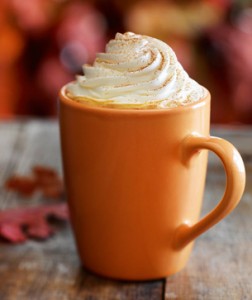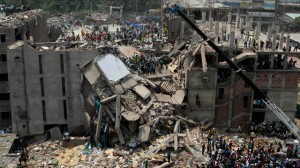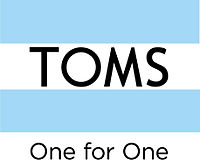 As the fall season rolls around, damp drizzle replaces the summer sunshine, leaves begin to float to the ground, and pumpkin flavoured everything is everywhere. Yesterday, I finally gave in to this fad, and ordered my first Pumpkin Spice Latte at Starbucks.
As the fall season rolls around, damp drizzle replaces the summer sunshine, leaves begin to float to the ground, and pumpkin flavoured everything is everywhere. Yesterday, I finally gave in to this fad, and ordered my first Pumpkin Spice Latte at Starbucks.
Approaching the drink’s tenth year anniversary[1], Starbucks has sold over 200 million of these popular drinks[2], and last year alone Canadians downed upwards of 1.2 million litres of Pumpkin Spice Latte[3]. So, what makes this drink so popular? At around $4 a drink, the price is likely not the reason. Possibly the limited season of the drink pushes consumers to get as much of it while they can; last year there was so much demand that Starbucks experienced a pumpkin spice shortage, sending loyal customers into a frenzy.
With the success Starbucks has had, it is no surprise that several other companies are jumping on the pumpkin bandwagon. Tim Hortons is already selling their version of a Pumpkin Spice Latte, and McDonalds will begin selling a McCafé Pumpkin Latte competitively priced at $2.89 for 16 ounces[4].
Starbucks, Tim Hortons, and McDonalds are constantly battling on every single front for market share. Originally Starbucks and Tim Hortons were head to head to win over coffee consumers, but when McDonald’s introduced the McCafé coffee products, they became a main competitor. With all three major companies fighting each other for market share, the Pumpkin Spice Latte has become the battle of the fall.
* Note: If you’re one of the people that rolls your eyes at this fad, then you might enjoy the video below:
[1] http://www.forbes.com/sites/michelinemaynard/2013/09/22/how-starbucks-turned-pumpkin-spice-into-a-marketing-bonanza/
[2] http://www.theglobeandmail.com/report-on-business/industry-news/marketing/falls-secret-ingredient-for-drink-sales-pumpkin/article14196595/
[3] http://www.theglobeandmail.com/life/the-hot-button/mcdonalds-strikes-back-at-starbucks-with-its-own-pumpkin-spice-latte/article14517214/
[4] http://www.theglobeandmail.com/life/the-hot-button/mcdonalds-strikes-back-at-starbucks-with-its-own-pumpkin-spice-latte/article14517214/


